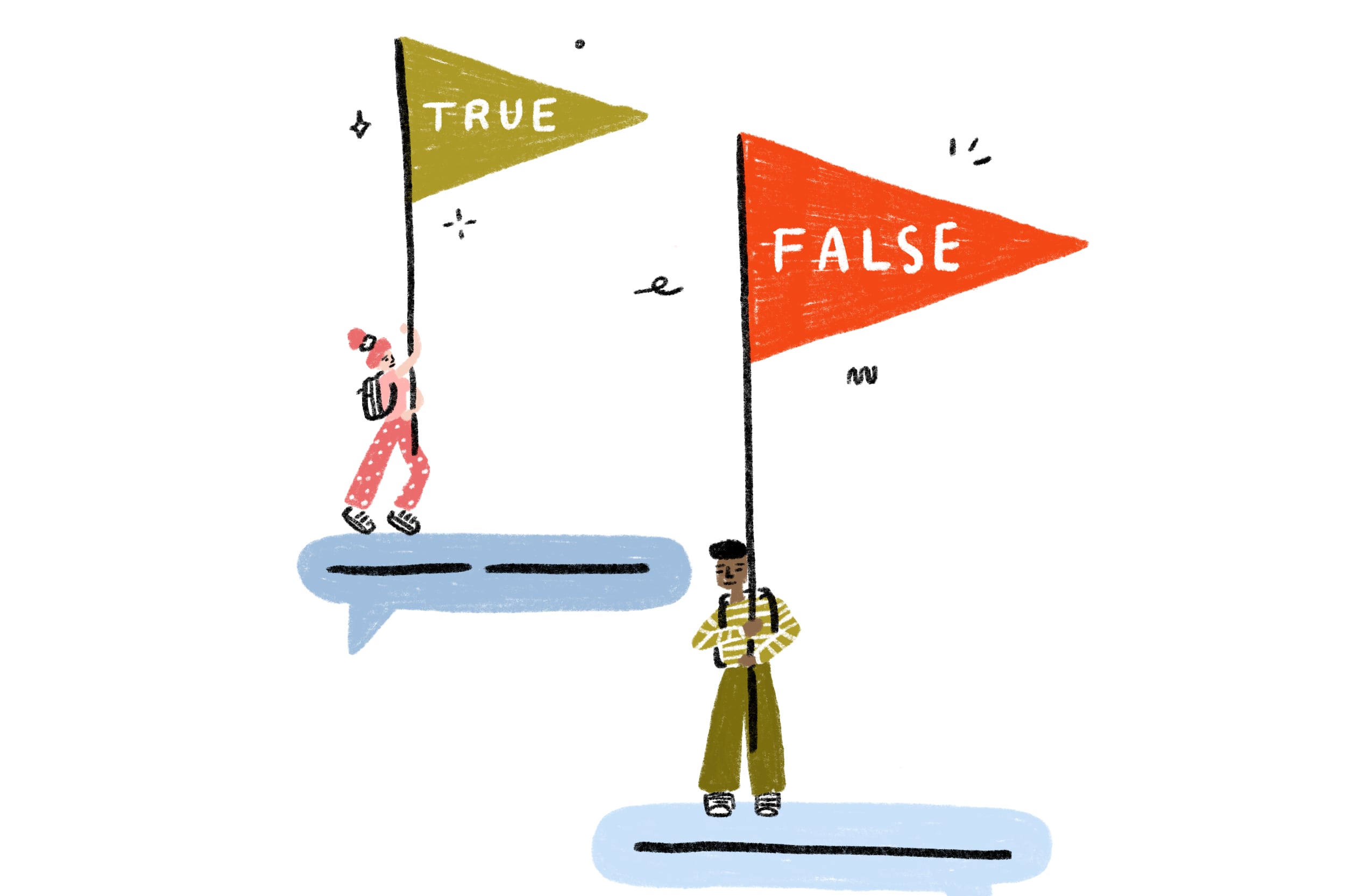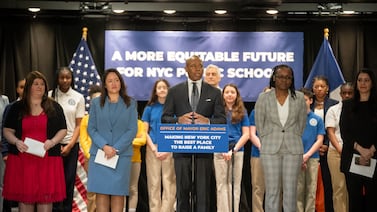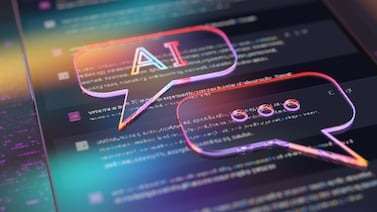This story was published in collaboration with Headway, a new initiative at The New York Times. Chalkbeat and Headway have been posing questions about the presidential election to educators and high school students since February. We have heard from more than 1,000 students and 200 teachers across the nation.
This presidential election year, young Americans are navigating a chaotic world of information, often with limited tools to distinguish what’s credible, what’s questionable, and what’s downright false.
A recent survey of more than 1,000 teenagers conducted by the News Literacy Project found that while many young people can detect images generated by artificial intelligence with ease, they struggle to differentiate news from commentary and advertisements and regularly encounter conspiracy theories on social media. Eight in 10 respondents said they believed at least one of those conspiracy theories.
Young, first-time voters and their peers told us that they regularly encountered false information online about the historically close election between Vice President Kamala Harris and former President Donald J. Trump. Some teachers have dedicated entire lesson plans this fall to helping students better understand media literacy and fact-checking.
And many students have told us they have gained confidence in spotting falsehoods. We asked more than 1,000 students about what tips them off that a piece of information might be false or misleading, what’s their approach to verifying information, and what advice they have for other teenagers. Here’s what we heard.
Responses have been edited and condensed for length and clarity.
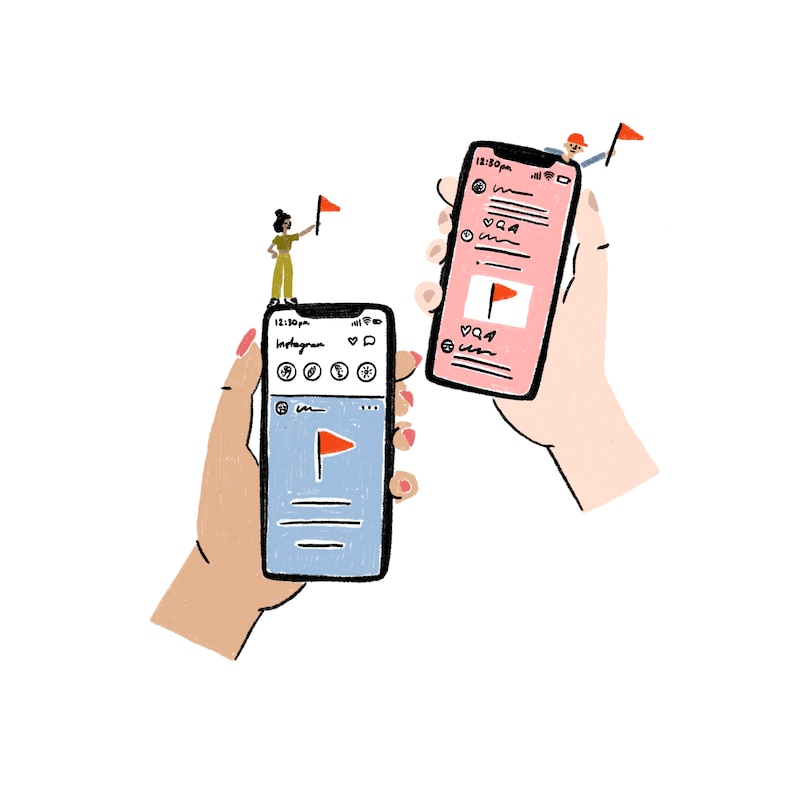
How teens know if information is sketchy, made up or manipulated
“If the content I’m seeing is triggering an extreme emotional reaction in me — rage, fear or joy, to name a few — without offering nuanced context, it leads me to think that it might be designed to mislead. When I encounter something that seems absolutely certain about morally and politically complex topics, such as the Israel-Hamas war, without acknowledging alternative views or uncertainties, I suspect it’s oversimplifying reality to push an agenda.”
— Sena Chang, 18
College freshman at Princeton University in New Jersey
“Articles that sound sketchy, made up, or manipulated are a red flag. Some media sources get rid of the bits and pieces of context that make a situation understandable. And media outlets sometimes contradict each other. Check and cross-check media. When a true piece of media spreads like wildfire, some media outlets will try and get attention from the situation and end up spreading lies about the situation. That’s why I find most articles about popular controversies annoyingly eye-rolling.”
— Antonette Davis, 14
Freshman at Central High School in Philadelphia
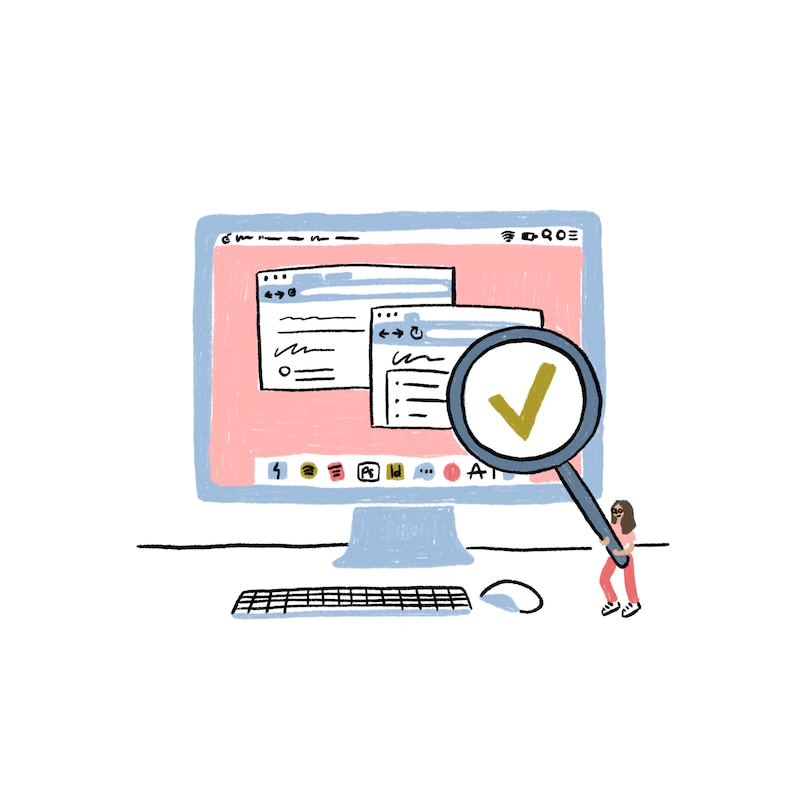
A single source doesn’t cut it for verifying what’s true
“I verify my information by getting it from multiple sources, not just people online who are crediting the original article I read. I also look at the information presented in the article from the perspective of a person who doesn’t know anything about the topic and see if the article and the ideas presented still make sense.”
— Yoni Zacks, 17
Senior at the Blake School in Minneapolis.
“More often than not I look it up on Google and read about it on a more reliable website. For example, if an article makes a claim about a piece of legislation, I try to find the full text of the cited legislation to better understand what it’s saying.”
— Olivia Garrison, 17
Graduated in 2023 from Davidson Academy in Reno, Nevada
“There’s a tool called Google Reverse Image Search that I use to check the origins of viral images or memes to see where they first appeared and if they’ve been repurposed out of context. During events like the presidential debate, I also looked at multiple websites offering real-time fact-checking like The New York Times to help contextualize what I was hearing and identify when what the candidates were saying was misinformation.”
— Sena Chang
“To verify information, I try to listen directly to candidates or their campaigns. I find this is the easiest way to understand the candidate’s policy plans, opinions on certain issues, and overall decorum. While commentary can be helpful, it often includes opinions that make me perceive certain things a certain way. Therefore, I find it important to directly hear from a political candidate first. Afterward, I listen to and watch video media with commentary. It helps me compare my understanding to someone else’s and clarify things I might not have fully understood.”
— Meghan Pierce, 18
Freshman at the University of Illinois Urbana-Champaign in Champaign, Illinois
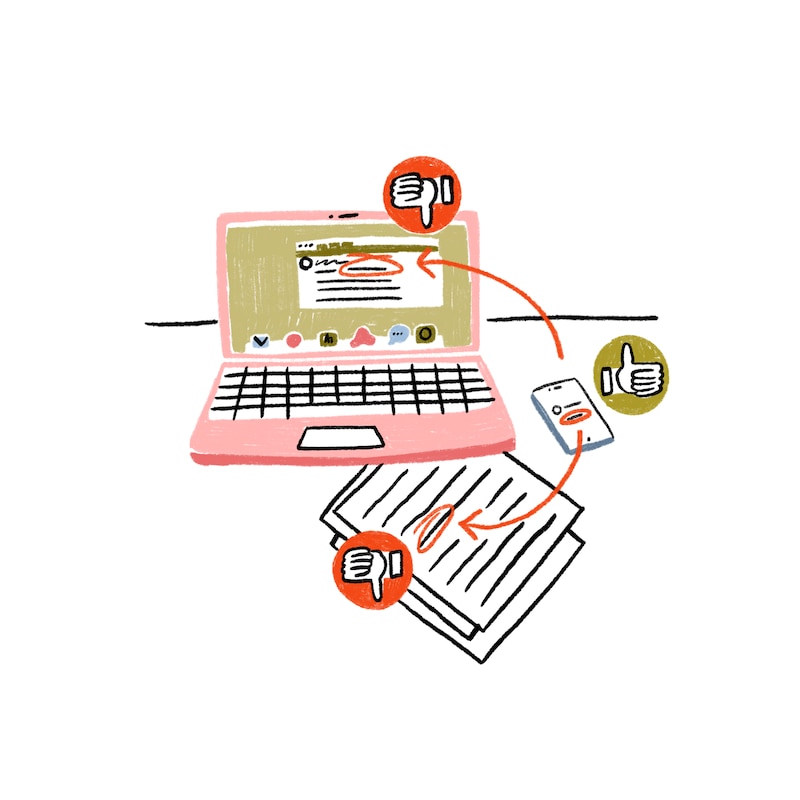
How young people navigate a world of misinformation
“As a teenager, I get a lot of my information from social media. I know many other teenagers get their information this way, too, so my word of advice is to be aware of the algorithm and how you’re fed information usually from one side. You’re not getting the complete story, so do your research instead of trusting one source!”
— Emma Luu, 17
Junior at Pine Creek High School in Colorado Springs, Colorado
“Check anything you think is misleading with a quick search and cross-check if it’s legitimate or not.”
— Arnav Goyal, 14
Freshman at Olentangy Liberty High School in Powell, Ohio
“Become aware of media bias, and do your best to consider different perspectives and stay open-minded while being aware of media bias.”
— Lucas Robbins, 17
Senior at Mandela International Magnet School in Santa Fe, New Mexico
“My (unpopular) take is that fact-checking is easier than it seems. … Social media serves as an integral egalitarian news source where anyone can create and share primary source information no matter where they live in the world. However, using social media as a sole source of information can be dangerous. Sometimes even recognizing satirical news sources is hard — I have been a victim of thinking The Onion was a real news source. You don’t have to research every single headline you ever see. The internet can be an overload of information at times, and choosing to disconnect is a skill young people need. However, if you see something that raises eyebrows, understanding the context is just a Google search away.”
— Kush Kaur, 17
Freshman at Collin College in McKinney, Texas
Teenagers are inundated daily with a mix of credible information and fake news. Out of necessity, they’re sharpening their instincts to identify misinformation and building skills to verify or debunk it. Their advice is clear: Stay mindful of algorithmic influence, avoid relying on a single source, and remember that it’s OK to step back when it all feels overwhelming.
Need more insights? Explore the resources below.
- Here’s how educators are teaching the 2024 presidential election
- Misinformation is pervasive — not invincible. Teachers are helping students learn to adapt.
- Teenagers and misinformation: Some starting points for teaching media literacy
- What have you seen online lately that could use some fact-checking?
- The 10 most common questions teenagers asked about the election
Caroline Bauman is the deputy managing editor for engagement at Chalkbeat. Reach her at cbauman@chalkbeat.org.
Erica Meltzer is the national editor at Chalkbeat, where she covers education policy and politics. Reach her at emeltzer@chalkbeat.org

